
Engaging puzzles can provide both a mental workout and a sense of achievement when solved. These challenges, designed to test one’s logic, creativity, and reasoning abilities, offer an opportunity to think beyond the obvious. Some of these tests have perplexed individuals for generations, often providing simple solutions hidden within complex scenarios.
Sharpening the mind through these intellectual exercises allows for a deeper understanding of how to approach problems in various aspects of life. Solving these tasks requires not only sharp thinking but also the ability to see patterns and make connections that might not be immediately apparent.
Are you ready to take on some of the most intricate challenges ever conceived? These thought-provoking problems will push your mental boundaries and help you develop new ways of thinking, all while offering a satisfying feeling of triumph once you uncover the hidden solutions.
Challenging Puzzles and Their Solutions
Some puzzles are designed to stretch the boundaries of the mind, requiring not just intellectual capability, but creative problem-solving. These problems often leave the solver pondering for long moments, trying to unravel the logic behind them. While the complexity of these tasks may seem daunting at first, the satisfaction of uncovering the solution makes the effort worthwhile.
The following table presents a selection of intricate challenges, each paired with its simple, yet unexpected, resolution. These problems are sure to stimulate your thinking and provide a sense of accomplishment once solved.
| Challenge | Solution |
|---|---|
| What comes once in a minute, twice in a moment, but never in a thousand years? | The letter “M”. |
| I speak without a mouth and hear without ears. I have no body, but I come alive with wind. What am I? | An echo. |
| The more of this there is, the less you see. What is it? | Darkness. |
| I am not alive, but I grow; I do not have lungs, but I need air; I do not have a mouth, but water kills me. What am I? | Fire. |
| The person who makes it, sells it. The person who buys it, never uses it. The person who uses it, never knows they’re using it. What is it? | A coffin. |
Challenging Puzzles for Sharp Minds
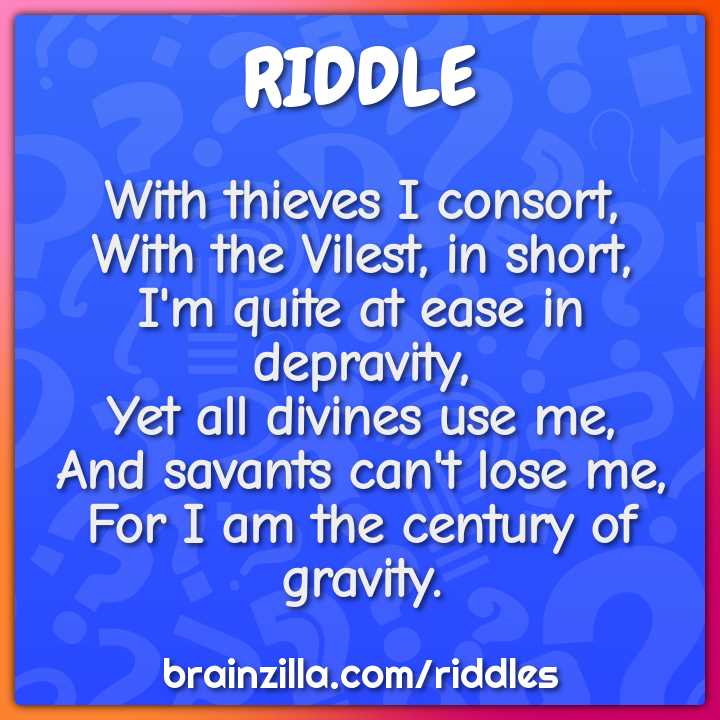
For those seeking to test their intellect and reasoning, some problems push the boundaries of logical thinking and force the solver to view situations from unconventional angles. These tasks are not for the faint-hearted and require deep concentration, creativity, and a keen eye for detail. Solving them is both a rewarding and enriching experience, as each challenge brings a new lesson in problem-solving techniques.
Intricate Problems to Exercise Your Brain
These mind-bending puzzles demand more than just basic reasoning; they require lateral thinking and the ability to discern patterns that are not immediately obvious. Each one offers a unique challenge, whether it’s a play on words, a numerical puzzle, or a scenario that requires the solver to think outside the box.
Pushing the Limits of Intellectual Stamina
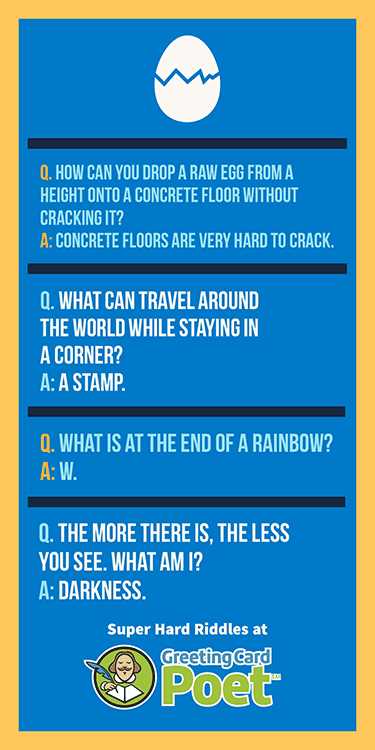
At times, the most difficult part of solving these problems is the mental perseverance needed to stay focused and continue searching for the solution. It’s not just about finding the correct answer–it’s about engaging your mind in a way that tests its limits and broadens its capacity for complex thought.
Unsolved Puzzles That Stump Everyone
Some challenges have a way of defying even the most logical minds, leaving those who attempt to solve them perplexed. These problems often feature twists that make their solutions elusive, forcing solvers to question their initial assumptions and approach the task from new perspectives. Despite countless attempts, many of these intellectual obstacles remain unsolved, becoming legends in the world of mind games.
These unsolved problems are intriguing because they continue to captivate individuals, whether in casual conversation or academic discussions. They push the boundaries of conventional thinking and inspire a sense of wonder about the complexity of the human mind. While some may have a simple answer hidden within their complexity, others may require a breakthrough insight or entirely new methods of thinking to solve.
Mind-Bending Puzzles to Test Logic
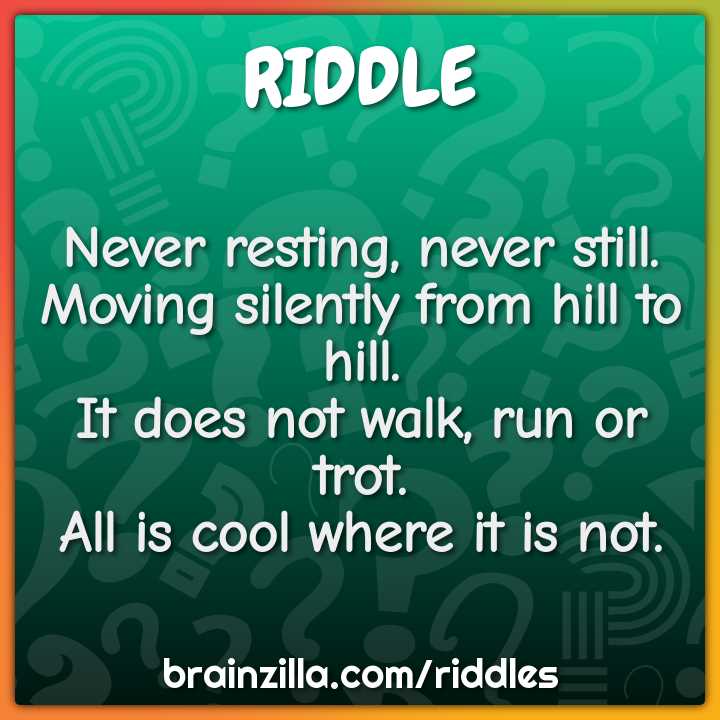
Some challenges are designed to stretch your logical reasoning and force you to think in ways that may initially seem unnatural. These puzzles test your ability to follow a sequence, detect patterns, and break down complex scenarios into manageable steps. While they may seem simple at first glance, their true difficulty lies in the precision of thought required to uncover the right solution.
Here are a few examples that will challenge your logical abilities:
- What is always in front of you, but can’t be seen?
- Which weighs more: a pound of feathers or a pound of bricks?
- If two’s company and three’s a crowd, what are four and five?
To truly master these types of problems, one must approach them systematically, breaking down the elements involved and questioning every assumption. The beauty of these tasks lies in their simplicity–yet the answers often come with a twist that forces you to rethink everything you thought you knew.
- The answer to the first puzzle is “the future.” It’s always ahead of you, but you can’t see it.
- For the second one, both weigh the same–a pound is a pound, no matter the material.
- The solution to the third: “nine.” It’s a play on words, hinting at a simple addition problem.
Such challenges are perfect for anyone looking to sharpen their mind and think outside conventional patterns.
Top Puzzles That Require Deep Thinking
Some challenges demand more than surface-level thinking; they require deep analysis and a keen ability to see beyond the obvious. These tasks push solvers to stretch their cognitive abilities, forcing them to reconsider assumptions and look at problems from different angles. Solving these requires patience, focus, and a sharp mind capable of abstract reasoning.
Riddles That Make You Rethink Logic
These puzzles often contain elements that seem straightforward but lead to surprising conclusions once examined closely. They test the solver’s ability to process complex information and identify patterns or inconsistencies that are not immediately apparent. To master these, one must approach the problem methodically and with an open mind, as the simplest answers are often hidden beneath layers of complexity.
Problems That Challenge Your Creativity
While some problems may seem solvable using traditional logic, others require an imaginative approach. These tasks encourage you to think beyond the conventional, embracing creativity to come up with solutions that are far from obvious. The real challenge lies in breaking free from linear thinking and allowing the mind to explore innovative ways of connecting the dots.
Puzzles That Push Your Problem-Solving Skills
Some challenges are designed to stretch your ability to think critically and analyze situations from multiple angles. These tasks require more than just basic logic; they demand a higher level of reasoning, creativity, and sometimes even a bit of trial and error. The true test lies in your ability to stay focused, break down complex problems, and uncover the solutions that aren’t immediately obvious.
Problem-Solving That Requires Persistence
Many of these puzzles will require you to dig deeper and reconsider your approach if the first attempt doesn’t yield results. Each task teaches the importance of persistence and adaptability, as finding the right solution often involves looking past the most apparent answers and exploring different perspectives.
Critical Thinking to Solve Complex Tasks
These challenges often come with unexpected twists that force you to rethink what you know. The ability to approach problems critically, analyze given information, and apply logical reasoning is key to overcoming these obstacles.
| Challenge | Solution |
|---|---|
| You see a house with two doors: one leads to safety, the other to certain doom. One door is guarded by a truth-teller, and the other by a liar. You can ask one question to one guard. What do you ask? | Ask either guard, “If I were to ask the other guard which door leads to safety, what would they say?” Then choose the opposite door. |
| A man gave a coin to his friend, but the friend returned it the next day. The man took the coin, but didn’t accept it. Why? | The coin was counterfeit, so the man didn’t accept it, but merely took it back. |
| You have a 3-gallon jug and a 5-gallon jug. How can you measure exactly 4 gallons? | Fill the 5-gallon jug, pour it into the 3-gallon jug until it is full. This leaves 2 gallons in the 5-gallon jug. Empty the 3-gallon jug and pour the remaining 2 gallons into it. Then, fill the 5-gallon jug again and pour into the 3-gallon jug until it is full. This leaves exactly 4 gallons in the 5-gallon jug. |
Classic Puzzles with Unexpected Solutions
Some of the most well-known problems are simple at first glance, yet their solutions often defy expectations. These challenges have stood the test of time because of their ability to mislead the mind, pushing individuals to reconsider their assumptions and think in a more abstract way. What makes them memorable is the surprising twist that lies at the heart of each solution.
Famous Challenges That Deceive the Mind
These puzzles often rely on wordplay or misleading clues, which can make even the most confident solver second-guess their answer. The fun lies in the realization that what seems like a complex problem may actually have a simple, elegant solution once the trick is discovered.
The Delight of the Unexpected
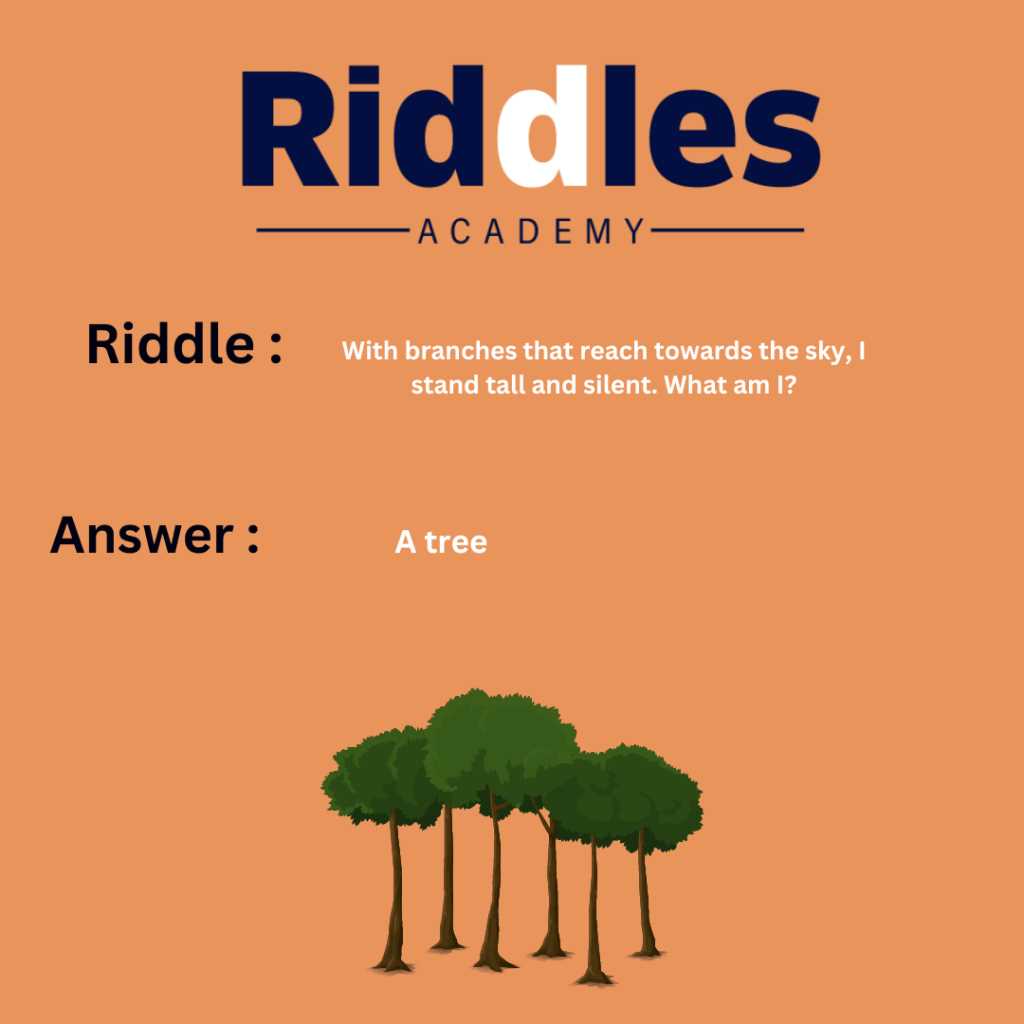
The satisfaction comes not just from finding the right answer, but from the “aha” moment when the solution clicks into place. The most intriguing part of these puzzles is how they challenge our perceptions, forcing us to question the most obvious answers and consider alternate possibilities.
| Challenge | Solution |
|---|---|
| What has keys but can’t open locks? | A piano. |
| What can travel around the world while staying in the corner? | A stamp. |
| What comes once in a year, twice in a week, but never in a day? | The letter “E”. |
The Most Difficult Puzzles Ever Created
Some of the most intricate and perplexing challenges ever devised have baffled even the sharpest minds. These problems are not just about logic or quick thinking–they require deep reflection, creativity, and often a willingness to think beyond conventional boundaries. The true difficulty lies in their ability to challenge assumptions and defy typical problem-solving approaches.
Puzzles That Have Stood the Test of Time
These tasks have endured throughout history due to their complexity and the mental rigor they demand. They have inspired countless individuals to stretch their cognitive abilities, each attempt revealing new facets of how we think and reason. While solutions may exist, they are often not immediately obvious, requiring solvers to break free from traditional patterns of thought.
The Complexity of these Intellectual Challenges
The most difficult puzzles test more than just your knowledge–they challenge how you approach problems and force you to consider multiple variables at once. Often, the key to solving these lies not in brute force or obvious logic but in insight and creative thinking.
| Challenge | Solution |
|---|---|
| What has a beginning but no end, and is always ahead of you but can’t be seen? | The future. |
| The more you take, the more you leave behind. What are they? | Footsteps. |
| What comes once in a minute, twice in a moment, but never in a thousand years? | The letter “M”. |
Master Puzzles to Challenge Your Brain
Some of the most stimulating problems require a unique combination of logic, creativity, and deep thinking. These challenges push your mental boundaries, testing your ability to process complex information, analyze patterns, and think critically. Solving them demands more than just knowledge; it requires an active, engaged mind capable of seeing beyond the surface.
What makes these problems so compelling is their ability to engage your brain on multiple levels. As you work through each puzzle, you must juggle various possibilities and approaches, breaking free from conventional thinking. The reward comes not just in the solution itself, but in the journey of unraveling the complexities along the way.
| Challenge | Solution |
|---|---|
| You have two ropes. Each rope takes exactly one hour to burn, but they do not burn at a uniform rate. How can you measure 45 minutes? | Light one rope at both ends and the other at one end. When the first rope is completely burned (30 minutes), light the second rope at the other end. It will take 15 minutes to burn completely, giving you a total of 45 minutes. |
| A man has 53 socks in his drawer: 21 blue, 15 black, and 17 red. What is the minimum number of socks he must take out to guarantee he has a matching pair? | He must take out 4 socks. In the worst-case scenario, he will have 1 blue, 1 black, and 1 red. The 4th sock will guarantee a matching pair. |
| You have a 5-gallon jug and a 3-gallon jug. How can you measure exactly 4 gallons? | Fill the 5-gallon jug, then pour into the 3-gallon jug until it is full. This leaves 2 gallons in the 5-gallon jug. Empty the 3-gallon jug and pour the remaining 2 gallons into it. Then fill the 5-gallon jug again and pour into the 3-gallon jug until it is full. This leaves exactly 4 gallons in the 5-gallon jug. |
Challenges to Test the Sharpest Minds
Some problems are so intricately designed that they can stump even the most intellectually gifted individuals. These puzzles require more than just standard reasoning–they demand out-of-the-box thinking, an ability to spot hidden patterns, and the persistence to question every assumption. The best part is that the solutions, while often deceptively simple, can elude even the most confident solvers.
What makes these challenges truly unique is their ability to stretch the boundaries of conventional logic. They don’t just test your knowledge or quick thinking; they push you to explore new ways of approaching problems, often requiring you to view them from multiple perspectives. It’s not uncommon for the solution to appear only after breaking free from traditional patterns of thought.
Test Your Mind with These Challenges
- Challenge: The more you take, the more you leave behind. What are they?
- Solution: Footsteps.
- Challenge: I speak without a mouth and hear without ears. I have no body, but I come alive with wind. What am I?
- Solution: An echo.
- Challenge: What can you catch but not throw?
- Solution: A cold.
Can You Crack These Too?
- Challenge: The more you have of it, the less you see. What is it?
- Solution: Darkness.
- Challenge: What comes once in a minute, twice in a moment, but never in a thousand years?
- Solution: The letter “M”.
- Challenge: What has keys but can’t open locks?
- Solution: A piano.
Challenges That Will Make You Think Twice
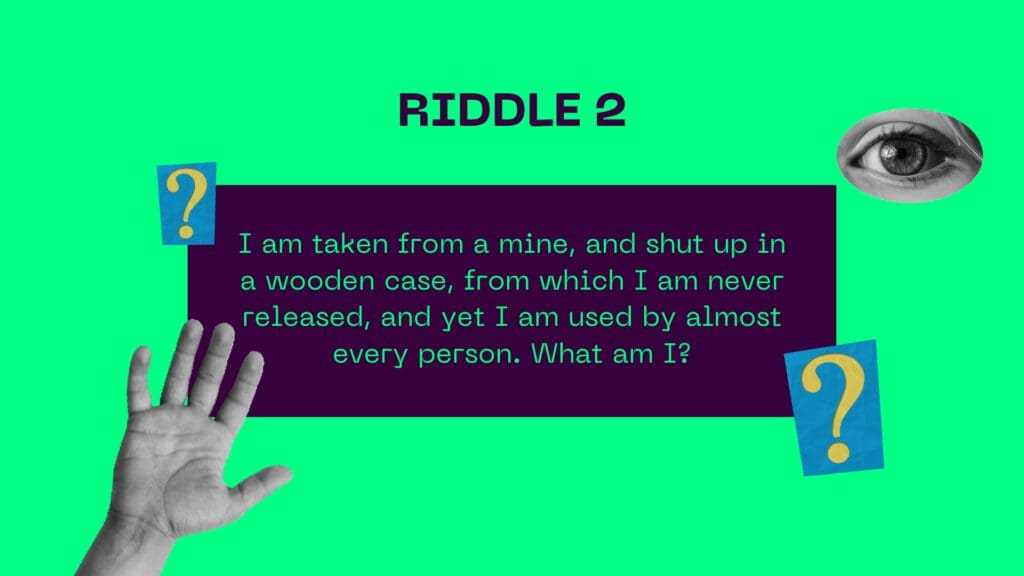
Some puzzles are designed to make you question everything you thought you knew. They play on expectations, forcing you to look beyond the obvious and rethink your assumptions. At first glance, they may seem simple, but the deeper you dive, the more complex they become. These challenges require a careful balance of logic, intuition, and creative thinking.
What makes these problems truly intriguing is the twist they introduce. You may initially believe you have the solution, only to realize that a small detail shifts the entire perspective. Solving these requires not just intelligence, but a willingness to challenge your own thought processes and embrace ambiguity.
Test Your Mind
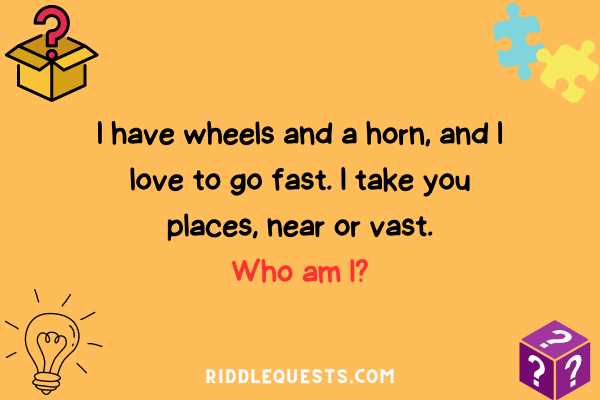
- Challenge: What comes once in a minute, twice in a moment, but never in a thousand years?
- Solution: The letter “M”.
- Challenge: If two’s company and three’s a crowd, what are four and five?
- Solution: Nine.
- Challenge: What has many keys but can’t open a single lock?
- Solution: A piano.
Can You Crack These?
- Challenge: A man gave one son 10 cents and another son was given 15 cents. What time is it?
- Solution: 1:25. (The time is a play on “a dime and a quarter” – 10 cents and 25 cents).
- Challenge: The more you take, the more you leave behind. What are they?
- Solution: Footsteps.
- Challenge: What can travel around the world while staying in the corner?
- Solution: A stamp.
Famous Puzzles That Have Stumped Generations
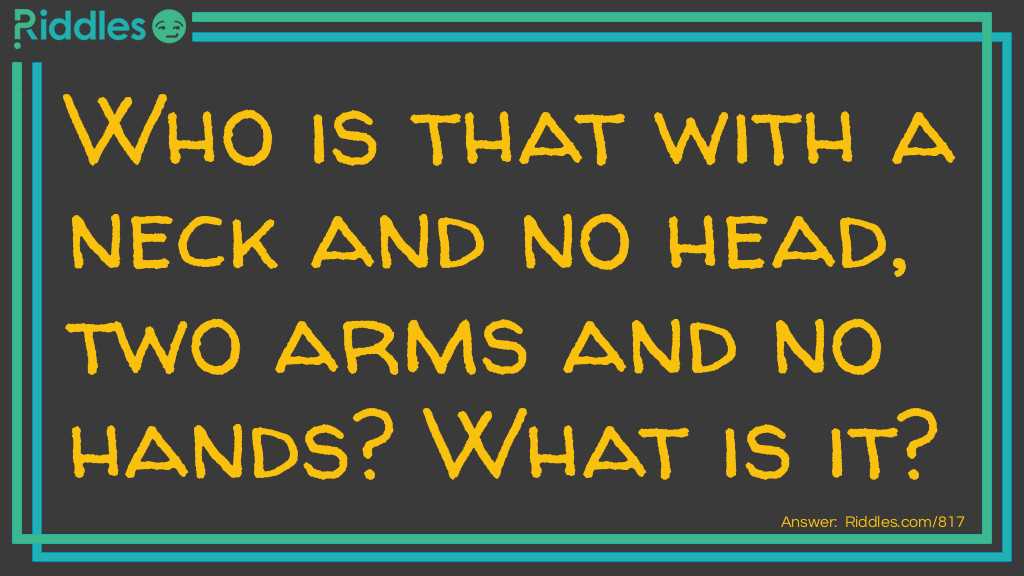
Throughout history, certain challenges have captured the imagination of people across the world. These problems are so intriguing and complex that they have left even the brightest minds puzzled for years, sometimes even centuries. The appeal of these conundrums lies in their ability to make us rethink the boundaries of logic, mathematics, and creativity. Despite their age, these puzzles continue to intrigue, offering new generations the chance to try their hand at unraveling them.
What makes these puzzles legendary is their persistence. They have stood the test of time, remaining relevant even as new solutions or approaches emerge. Some of these problems have been solved, while others continue to elude solution, sparking ongoing debates and discussions in intellectual circles. For many, the thrill is not just in finding the answer, but in the journey of thought required to even begin to approach a solution.
The Missing Dollar Paradox
This classic conundrum has baffled many over the years. The setup involves a group of people who purchase an item together, but there’s an apparent discrepancy in how the money is divided that leaves everyone scratching their heads. The solution is more about how the question is framed than the actual math, making it a perfect example of how perception can influence problem-solving.
The Bridges of Konigsberg
In the 18th century, the residents of Königsberg were faced with a problem: could they walk through the city and cross each bridge exactly once? The puzzle intrigued mathematicians for years until it was solved by the famous Swiss mathematician Leonhard Euler. His solution led to the development of graph theory, a fundamental concept in mathematics that still holds significant importance today.
Challenges That Test Your Critical Thinking
Some mental exercises go beyond basic problem-solving; they force you to step outside of conventional reasoning and think critically. These challenges demand not just intellect, but the ability to break down assumptions and look at a problem from multiple angles. They’re not about simply finding an answer; they require careful analysis, pattern recognition, and a deeper understanding of how to approach complex situations. The key to solving them lies in questioning everything and thinking beyond the obvious.
Critical thinking is at the heart of tackling these problems. You need to question the premise, consider alternative perspectives, and evaluate each step with care. They are designed to stretch your mind and refine your ability to process information in a way that is both logical and creative. Solving such challenges is as much about the journey of thought as it is about arriving at a solution.
Test Your Insight
- Challenge: If you have a match and you enter a room with a lamp, a candle, and a fireplace, which do you light first?
- Solution: The match.
- Challenge: A plane crashes on the border of the US and Canada. Where do they bury the survivors?
- Solution: Survivors aren’t buried.
- Challenge: What can be broken but never held?
- Solution: A promise.
Can You Solve These?
- Challenge: You see a house with four walls. All four walls are facing south, and a bear walks by. What color is the bear?
- Solution: White. The house is at the North Pole, where all directions are south.
- Challenge: What comes once in a minute, twice in a moment, but never in a thousand years?
- Solution: The letter “M”.
- Challenge: How many months have 28 days?
- Solution: All 12 months have at least 28 days.
Impossible Challenges with Simple Solutions
Some puzzles seem nearly impossible at first glance, pushing the boundaries of logic and reasoning. They appear complex, leaving you scratching your head, only to discover that the solution is surprisingly simple. These conundrums often rely on a shift in perspective or a play on words, reminding us that sometimes the most straightforward answers can be the hardest to see. The key is to not overthink them and to trust that simplicity often holds the solution.
What makes these challenges intriguing is how they deceive the mind. They lure you into complicated thinking patterns, making you believe there’s a deeper or more intricate answer. But once you see the solution, it feels almost too easy. These exercises remind us that problem-solving doesn’t always need to be complex; sometimes, the simplest approach is the right one.
Can You See the Simplicity?
- Challenge: What has keys but can’t open locks?
- Solution: A piano.
- Challenge: What comes down but never goes up?
- Solution: Rain.
- Challenge: I speak without a mouth and hear without ears. I have no body, but I come alive with wind. What am I?
- Solution: An echo.
Simple but Deceptive
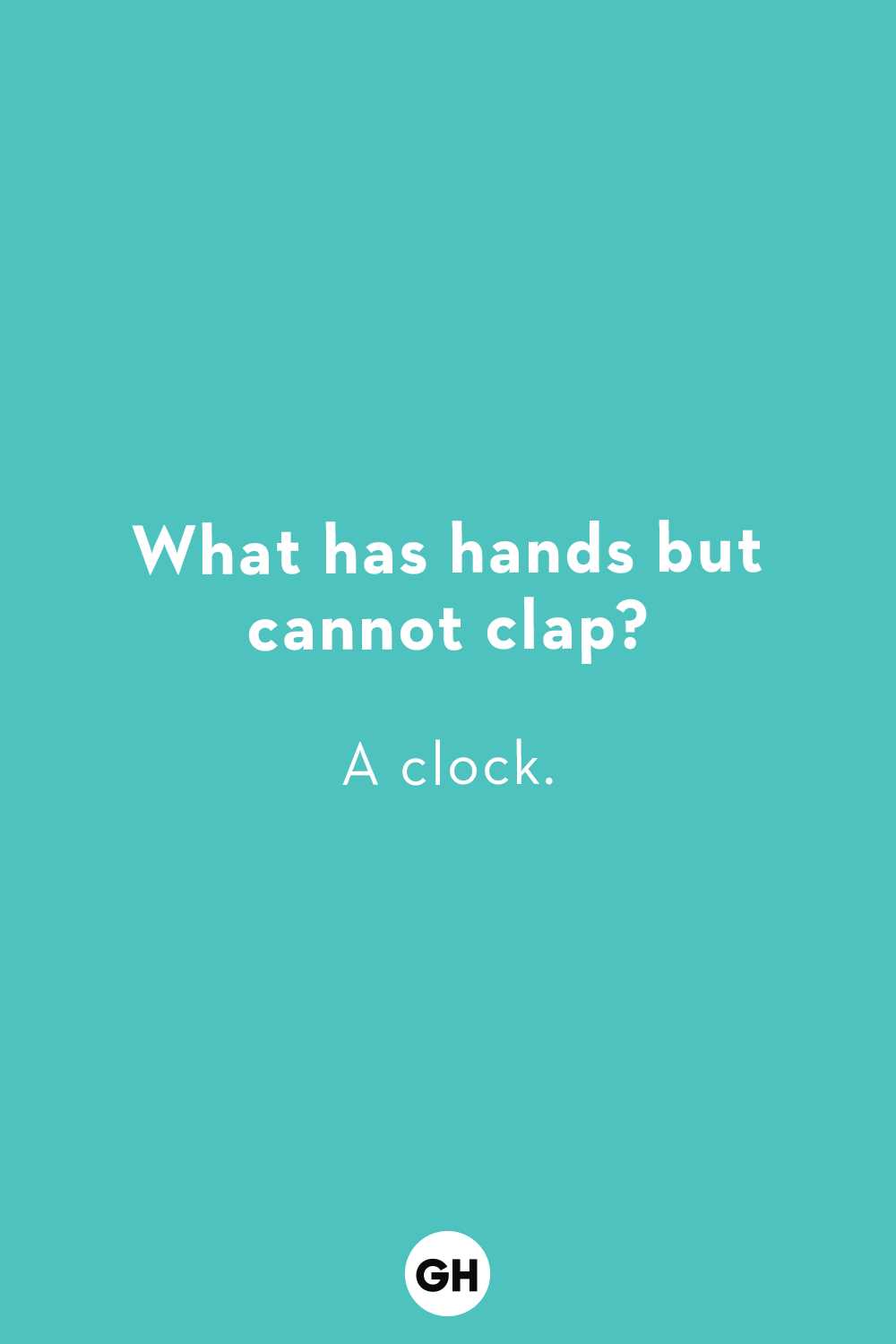
- Challenge: If two’s company, and three’s a crowd, what are four and five?
- Solution: Nine.
- Challenge: What can travel around the world while staying in the corner?
- Solution: A stamp.
- Challenge: What has a heart that doesn’t beat?
- Solution: An artichoke.
Challenges to Test Your Creativity and Logic

Some puzzles demand not just logical thinking but also creativity, asking you to approach problems from unexpected angles. These tests push the boundaries of your intellect, requiring you to think beyond the obvious and tap into your imaginative side. They blend reasoning and out-of-the-box thinking, making them both engaging and intellectually stimulating.
These tasks are designed to challenge the way we usually process information, making you rethink basic assumptions. They often require lateral thinking or an ability to find connections that aren’t immediately obvious. Success lies not just in being methodical but in embracing unconventional approaches to solving the puzzle.
Test Your Mind
- Challenge: A man gave one son 10 cents and another son was given 15 cents. What time is it?
- Solution: Time to get a new watch!
- Challenge: If you have a bowl with six apples and you take away four, how many do you have?
- Solution: You have four apples.
- Challenge: The more you take, the more you leave behind. What am I?
- Solution: Footsteps.
Unconventional Thinking
- Challenge: How can a man go eight days without sleep?
- Solution: He sleeps at night.
- Challenge: What has a head, a tail, but no body?
- Solution: A coin.
- Challenge: If an electric train is traveling south, which way does the smoke go?
- Solution: There is no smoke; it’s an electric train.
Challenges That Challenge Your Perception of Reality
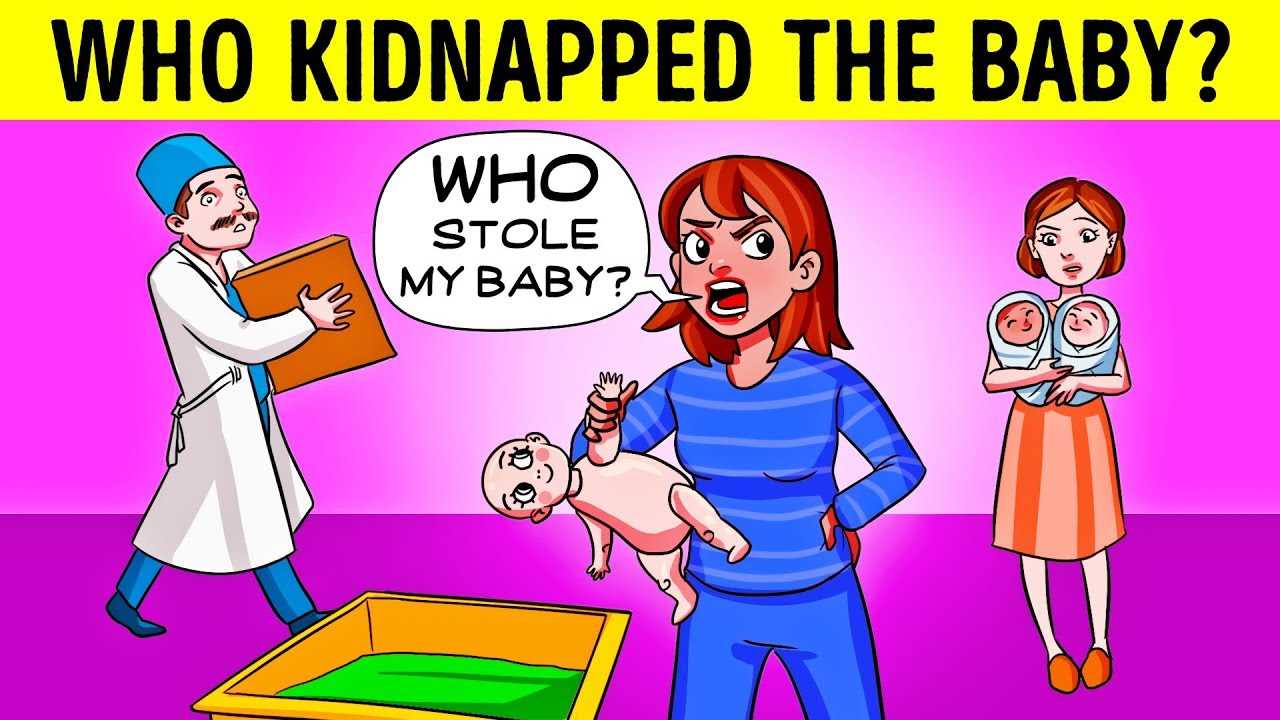
Some puzzles go beyond logic and test the very way we perceive the world around us. They force us to question what we believe to be true and challenge the assumptions that shape our understanding of reality. These mind-bending exercises require not only creativity but a willingness to entertain the possibility that things are not always as they seem.
These types of puzzles often rely on paradoxes or contradictions, creating scenarios where our usual ways of thinking don’t apply. By confronting these challenges, we train our minds to see beyond the surface, embracing ambiguity and reconsidering the nature of what we consider to be real. They push the limits of perception and bring forth deeper insights into the way we interpret the world.
| Challenge | Solution |
|---|---|
| A man gave one son 10 cents and another son 15 cents. What time is it? | Time to get a new watch! |
| If an electric train is traveling south, which way does the smoke go? | There is no smoke; it’s an electric train. |
| What came first, the chicken or the egg? | The egg, because dinosaurs laid eggs long before chickens appeared. |
| If you’re in a race and you pass the person in second place, what place are you in? | You’re in second place. |
| Can you catch a cloud and put it in your pocket? | No, because clouds are made of vapor and don’t have a solid form. |